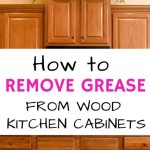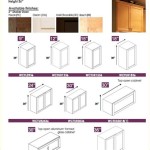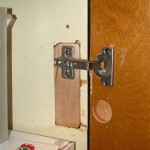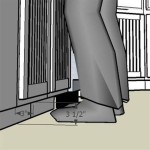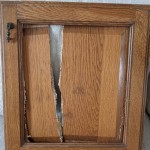Essential Tools and Materials for Professional Kitchen Cabinet Painting
Revitalizing kitchen cabinets requires the right tools and materials to achieve a flawless finish. Professionals rely on specific equipment to ensure durability, efficiency, and a stunning end result. In this article, we will delve into the essential aspects of cabinet painting, highlighting the tools and materials used by professionals to deliver exceptional results.
Essential Tools
- Orbital Sander: Orbital sanders quickly and effectively remove old paint or finishes, creating a smooth surface for painting.
- Drill and Screwdriver: For removing hardware, door knobs, and hinges.
- TSP Cleaner: Tri-sodium phosphate (TSP) cleaner degreases and prepares the cabinet surface for paint adhesion.
- Small Foam Rollers: 4-6 inch foam rollers are ideal for applying paint to flat surfaces.
- Angled Brush: An angled brush provides precise application in corners and around hardware.
Essential Materials
- Primer: Primer provides a base coat that enhances paint adhesion and improves durability.
- Cabinet Paint: Choose high-quality cabinet paint specifically designed for kitchen environments, offering resistance to moisture, grease, and wear.
- Lacquer or Polyurethane: A top coat of lacquer or polyurethane protects the painted surface, providing a glossy or satin finish and enhancing durability.
- Sandpaper (Various Grits): Sandpaper ranging from 120 to 220 grit is used for surface preparation and finishing.
- Tack Cloth: Removes dust and debris before painting.
Professional Techniques
Beyond the tools and materials, professional painters employ specific techniques to achieve optimal results. These include:
- Thorough Surface Preparation: Cleaning, sanding, and priming the surface ensures paint adhesion and a smooth finish.
- Brushwork Precision: Angled brushes allow for precise application in intricate areas, eliminating brushstrokes.
- Thin and Even Coats: Applying multiple thin coats, rather than one thick coat, promotes even coverage and prevents drips.
- Sanding Between Coats: Lightly sanding between coats smooths the surface, improving paint adhesion and creating a flawless finish.
- Top Coat Protection: A top coat of lacquer or polyurethane seals the paint and protects it from wear, moisture, and grease.
By utilizing the appropriate tools, materials, and techniques, kitchen cabinet painting professionals deliver durable and aesthetically pleasing results. These essential aspects contribute to a successful cabinet painting project, transforming your kitchen into a space that reflects your style and functionality.

How To Paint Kitchen Cabinets In 7 Simple Steps

6 Tips For Painting Your Kitchen Cabinets

How To Paint Kitchen Cabinets Like A Professional Kind Home Solutions

How To Paint Kitchen Cabinets In 7 Simple Steps

Painting Cabinets How The Pros Do It Paper Moon

How To Paint Kitchen Cabinets Like A Professional Kind Home Solutions

How To Paint Laminate Kitchen Cabinets Perfect Finish Tips

Professional Spray Paint Vs Brushing Your Kitchen Cabinets

8 Tips For A Professional Looking Finish On Your Cabinets Cabinetdoors Com

What You Need To Know Before Painting Cabinets The Palette Muse
Related Posts

